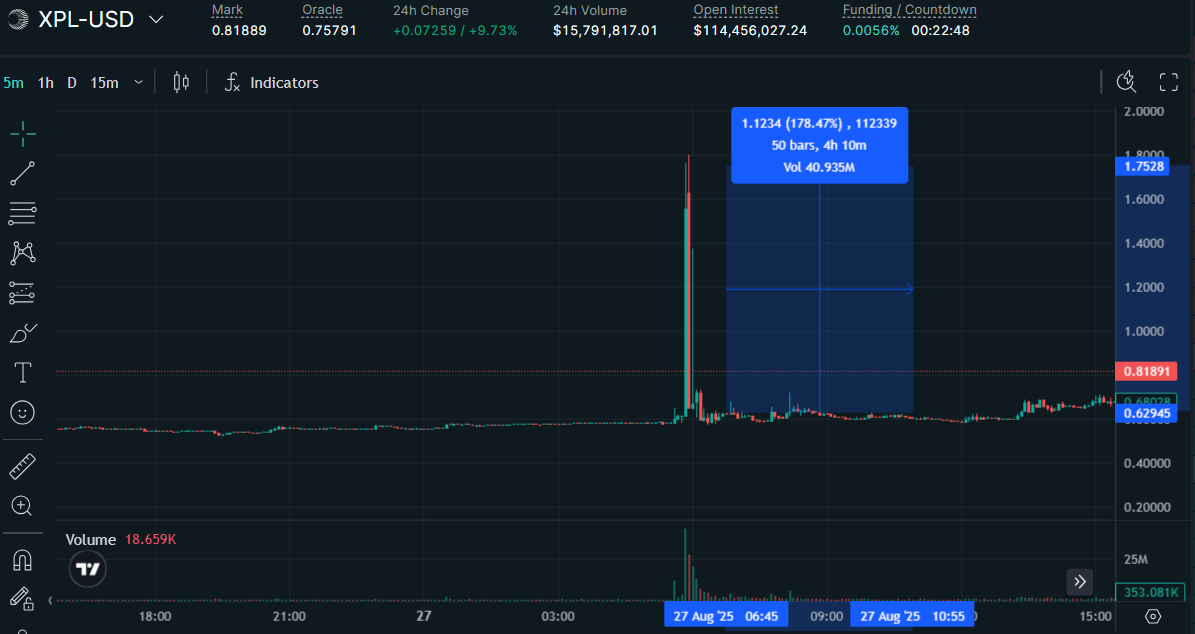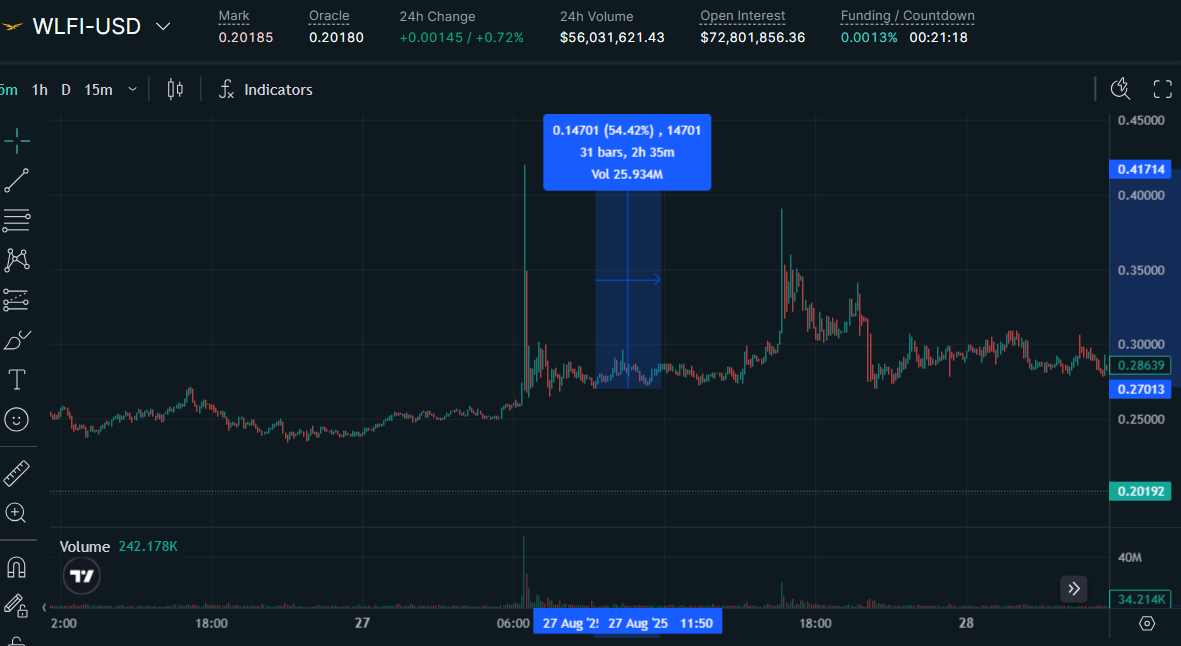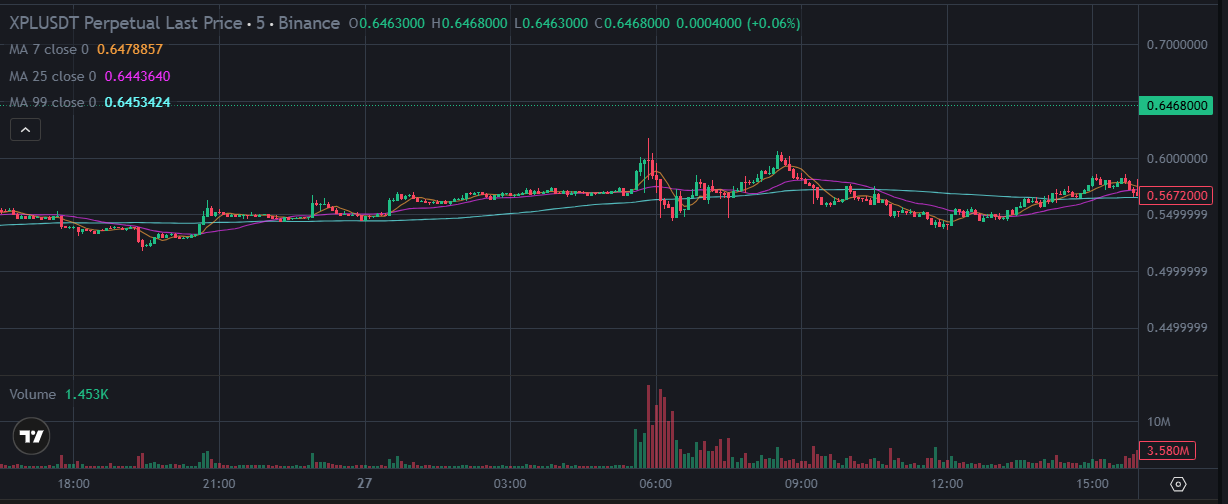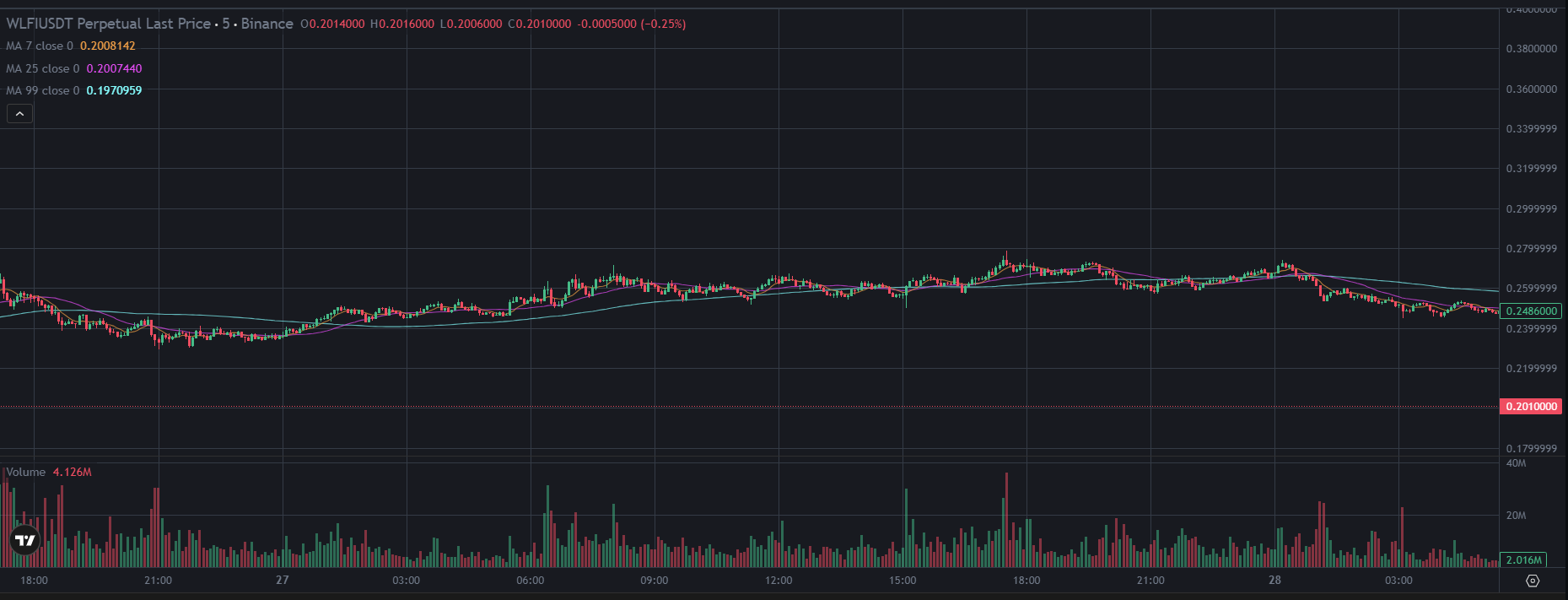Case Studies: XPL and WLFI Liquidations on Hyperps
In the lead-up to major listings, there has been growing market interest in using pre-market derivatives for position hedging, particularly around names like Plasma (XPL) and World Liberty Financial (WLFI). Investors, qualified airdrop holders and speculators build demand for short positions in these instruments. While these strategies can be effective, they also introduce complexities that aren't always obvious at first glance. Understanding the key factors that influence risk, funding, and execution is crucial. In the sections below, we'll break down what traders need to know to better navigate these markets.
Before we get into detail, here's a quick rundown of how Hyperliquid's Hyperp pre-market perpetual product works:
- Isolated margin and over-collateralization: Hyperps are typically run on isolated margin per contract. To open a materially sized short you must post initial margin and keep a cushion for maintenance. Because your hedge is intended to last weeks, it is rational to over-collateralize to avoid intraday or multi-day liquidation risk.
- Collateral is immobile while position is open: The moment you deposit collateral into a margined Hyperp position, you cannot withdraw those dollars until the position is fully closed. That capital is therefore unavailable for other uses (redeploying into buybacks, margin elsewhere, or opportunistic trades).

Warning message when you try to remove margin from an active isolated position. Source: app.hyperliquid.xyz
- Funding volatility and EWMA oracle quirk: Hyperps use an 8-hour EWMA and aggregated pre-launch mark inputs; funding can swing aggressively and unpredictably. That requires even larger buffers when you plan to hold the hedge across volatile listing events.
On 27 August at 05:45 (UTC+8), the Hyperps market for XPL experienced a sharp short squeeze. Prices broke out from a prior consolidation zone around 0.558 and spiked to a high of 1.79 within just five minutes - a move of more than 200%.

Chart of XPL-USD pre-market hyperp (5-minute timeframe) between 26 to 28 August 2025. Source: app.hyperliquid.xyz
This occurred prior to the recent mark price update, when Hyperps relied on their own market's 8-hour EWMA for the oracle. As a result, sustained buying on Hyperps itself could directly shift the mark price upward, dragging shorts closer to liquidation regardless of prices elsewhere. Compounding the issue, it is likely that many traders, unaware of the deeper Hyperp mechanics, assumed their positions were cross-margined and protected by idle USDC in their account. In reality, Hyperps run on isolated margin, and the maintenance margin requirement is set at 50% of initial margin even for 3× max-leverage assets. This meant liquidation thresholds were much closer than many traders anticipated, especially for those who failed to manually top up margin into the position. For example, a 3x leveraged position, with 33% margin isolated, would have a liquidation price 16.7% away instead of the usual ~30% that you would expect on traditional CEXes.
Retail traders with smaller accounts were liquidated quickly, and their forced exits helped fuel the squeeze. More concerning, even sophisticated investors who intended to hedge allocations by posting more than 100% collateral (e.g. running only 0.5× leverage) were caught out. They may have assumed some safety in their liquidation levels being more than 100% away, but due to the extensive nature of the pump, their positions were still liquidated.
The same pattern repeated minutes later with WLFI. At 06:15 (UTC+8), WLFI spiked from 0.26 to 0.41 - a 61% move within minutes. Again, unsuspecting traders with isolated margin positions and close liquidation thresholds were wiped out.

Chart of WLFI-USD pre-market hyperp (5-minute timeframe) between 26 to 28 August 2025. Source: app.hyperliquid.xyz
By contrast, Binance and Bybit, CEXes which listed XPL and WLFI pre-market contracts on cross-margin frameworks, did not experience the same systemic issues. On these venues, margin is shared across the account, and in unified trading systems, idle spot balances (of selected tokens) can act as collateral against perp positions. This significantly reduces forced liquidations from localized squeezes and provides traders with greater capital efficiency and stability when hedging.

Chart of XPL/USDT pre-market perpetual (5-minute timeframe) between 26 to 28 August 2025. Source: binance.com

Chart of WLFI/USDT pre-market perpetual (5-minute timeframe) between 26 to 28 August 2025. Source: binance.com
Following these episodes, Hyperliquid has improved its Hyperp mark price formula by incorporating external pre-market perp feeds (when available), reducing the risk that manipulation on a single venue will drive mark prices and liquidations. However, the capital efficiency problem remains. Hyperps still require isolated margin, and initial collateral requirements mean a large percentage of notional must be posted and locked until position closure. Sophisticated traders can manage this, but less experienced users may struggle with when and how to add collateral. This creates a persistent risk of unnecessary liquidations and a sticky situation for anyone trying to hedge large allocations with Hyperps.
Lessons Learned
- Cross-margin systems are more forgiving: By pooling collateral across an account, platforms like Binance and Bybit reduce the chance of isolated squeezes causing cascading liquidations. Idle balances act as a buffer.
- Isolated margin requires extra monitoring: While it limits loss to a specific position, it forces traders to over-allocate collateral to be safe. This creates inefficiency and leaves little room for error, especially with high maintenance requirements.
- Capital efficiency matters as much as mark price design: The mark price reform is a positive step, but traders still face a steep learning curve, particularly around knowing when and how to top up margin.
- Institutional desks are better positioned: Large players with risk systems, low latency trading algorithms, and round the clock monitoring can adapt to isolated margin rules and avoid "surprise" liquidations. Retail traders relying on assumptions about cross-margin safety are far more vulnerable.
How Herring Global Supports Hedging with Derivatives
Perpetual Open Interest Analysis
- Measures how crowded a market is and whether positions are skewed long or short.
- Helps anticipate areas where cascading liquidations could occur, guiding safer hedge sizing.
Market Liquidity Assessment
:- Evaluates order book depth and overall liquidity across multiple venues (CEX and DEX).
- Determines whether executing a hedge could move prices, allowing the desk to optimize execution and reduce slippage.
Volatility Analysis
:- In-house tools to estimate how the instrument may fluctuate over the hedging horizon.
- Provides guidance on how much collateral or margin buffer is needed to reduce liquidation risk.
Collateral and Risk Optimization
:- Combines the above metrics to calculate optimal collateral ratios, expected liquidation ranges, and probability of liquidation.
- Tools such as collateral calculators help structure hedges efficiently and leverage cross-venue access to maximize capital efficiency.
In short, while Hyperps are a powerful and convenient tool that gives users direct access to a wide range of pre-market perpetual contracts on-chain, market rules and product mechanics are evolving and can introduce less obvious complexities. For participants looking to navigate these dynamics safely, the most reliable approach is to work with an institutional trading desk that manages these markets full time.
For inquiries or to learn more, please reach out to salesandtrading@herringglobal.com
Disclaimer: This document has been prepared for informational and research purposes only and does not
constitute, and should not be
construed as, investment advice, financial advice, trading advice, legal advice, or any other form of
professional advice. The
information contained herein is based on publicly available data, sources believed to be reliable, and the
author's own
analysis, but no representation or warranty, express or implied, is made as to its accuracy, completeness,
or timeliness.
This document does not constitute an offer to sell, or a solicitation of an offer to buy, any securities,
digital assets, or other
financial instruments. It is not intended for distribution to, or use by, any person or entity in any
jurisdiction or country
where such distribution or use would be contrary to law or regulation.
Any views or opinions expressed are subject to change without notice and may not reflect the most current
developments.
They do not necessarily represent the views of Herring Global. Readers should not rely solely on the
information provided in
this document for any financial decision. You are solely responsible for conducting your own independent
research and due
diligence before making any investment or business decision.
Neither the author, nor Herring Global, nor any affiliated entity, shall be held liable for any losses,
damages, or claims arising
from the use of or reliance on this document.
